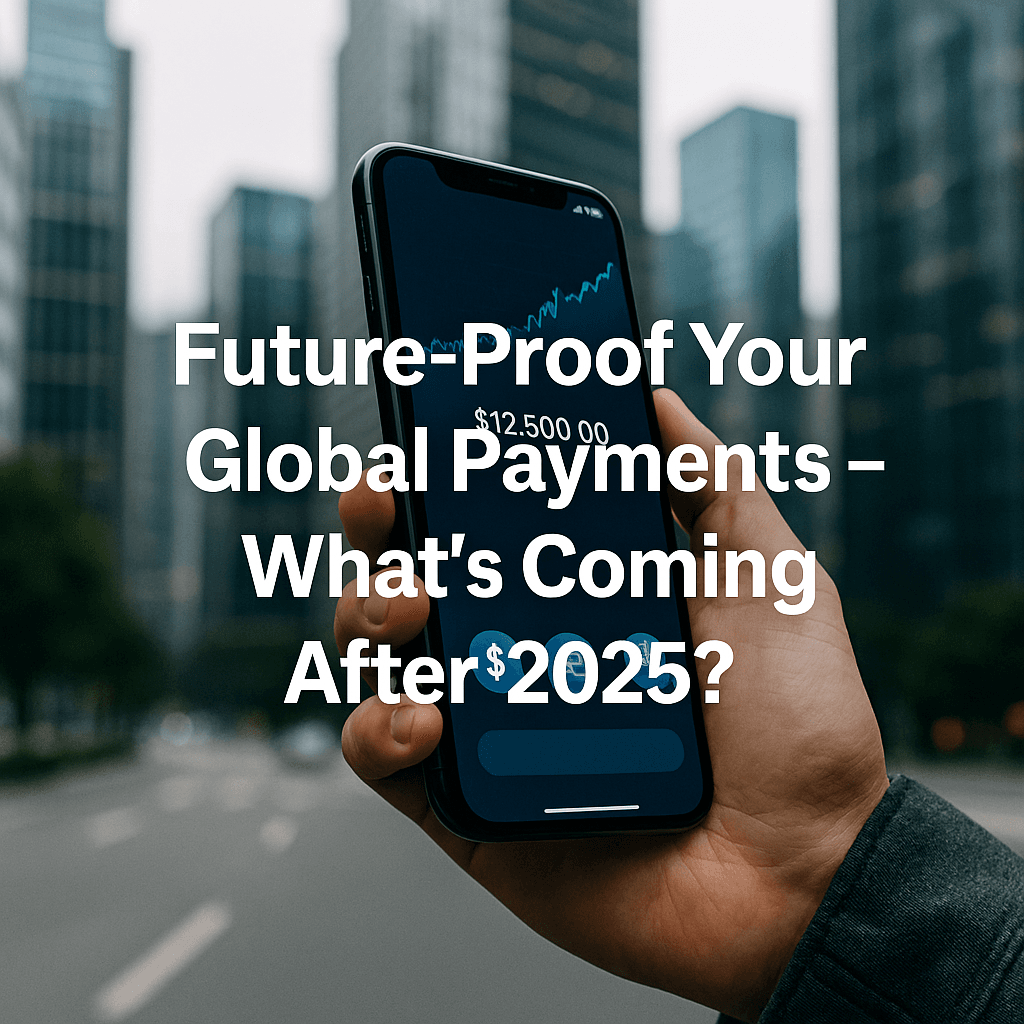As we move deeper into the digital economy, the way we handle money is evolving faster than ever. While fee-free cards and fintech wallets have become essential tools in 2025, the question savvy users should ask now is: what’s next? In this article, we explore the future landscape of global payments beyond 2025—emerging trends, upcoming technologies, and smart moves you can make today to stay ahead of the curve.
1. The Rise of Multi-Chain Currency Platforms
Blockchain is no longer a buzzword—it’s becoming infrastructure. Financial apps are integrating multi-chain functionality, meaning you’ll soon be able to hold, convert, and send both fiat and digital currencies (like USDC, EURC, or even tokenized yen) within a single wallet.
Why this matters
- Lower fees and real-time settlement
- Cross-border compatibility
- Seamless movement between crypto and fiat
- Enhanced privacy and decentralization for users
Example:
Instead of transferring EUR to USD via a traditional bank, users may swap EURC to USDC instantly within a wallet at almost no cost.
2. Embedded Finance in Everyday Apps
The boundaries between banking, e-commerce, and social platforms are fading. By 2026 and beyond, expect financial services embedded directly into platforms you already use.
Trends to watch
- Travel booking apps offering real-time FX conversion
- Freelance platforms with built-in global wallets
- Messaging apps providing direct peer-to-peer cross-border payments
- Subscription-based finance tools built into your email or calendar
Strategic tip
Start testing apps that combine services today (like WeChat, Grab, or Stripe) so you’re ready when these become global standards.
3. Biometric and Device-Free Payments
Cards and phones may be just the start. Payment technologies are advancing toward biometric authentication—think face, fingerprint, or even iris scans—and device-free interfaces.
Why this matters
- Faster, more secure transactions
- Reduced dependence on physical cards or phones
- Accessible to populations in developing markets
What to do now
Make sure your financial tools are compatible with biometric security. Many fintech apps already offer Face ID, fingerprint login, and 2FA by default.
4. Central Bank Digital Currencies (CBDCs)
More than 130 countries are researching or piloting CBDCs—government-backed digital currencies designed for public use.
What to expect
- Instant digital payments backed by national monetary policy
- Potential integration with international remittance networks
- More control over transaction tracking and compliance
Pros and Cons
While CBDCs could lower costs, they may raise concerns over privacy and centralization. Smart users will balance convenience with freedom by using multiple tools.
5. Ultra-Personalized AI Financial Advisors
By 2027, artificial intelligence will not just analyze your spending habits—it will actively manage your money across borders in real time.
Example capabilities
- Recommending the best time to convert currencies
- Predicting travel costs based on season and location
- Auto-switching payment methods to minimize fees
- Detecting fraud and adapting security on the fly
Your move
Get familiar with AI-powered budgeting apps now. Tools like Cleo, YNAB, and even ChatGPT-integrated banking features are laying the groundwork.
6. Global Interoperability: The End of National Boundaries in Banking
The concept of “local banking” is dissolving. We’re entering an era where global interoperability is the standard, and borderless banking is expected.
Key shifts
- Unified identity systems (digital IDs linked to wallets)
- Cross-jurisdiction compliance standards
- Instant verification and onboarding anywhere in the world
- One-tap account portability between countries
Smart tip
Choose financial tools that scale globally. Avoid banks that limit logins, transfers, or withdrawals outside your home country.
What You Can Do Today to Future-Proof Your Finances
- Diversify your digital tools: Don’t rely on just one card or app. Have backups across multiple platforms.
- Stay educated: Subscribe to fintech and crypto newsletters to track trends.
- Test early: Try beta programs of new payment tools. Get comfortable with change before it’s mainstream.
- Build a global-friendly credit history: Use international cards and services that report to cross-border credit bureaus.
- Maintain financial flexibility: Ensure you have accounts in multiple currencies and systems (Wise, Revolut, crypto wallet, U.S. bank).
Final Thought
The future of global payments won’t wait for slow adopters. In the next 2 to 5 years, we’ll likely see the biggest transformation in personal finance since online banking began. Those who act now—who experiment, diversify, and learn—will not only avoid fees, but also unlock smarter, safer, and more independent ways to live, earn, and spend worldwide.
